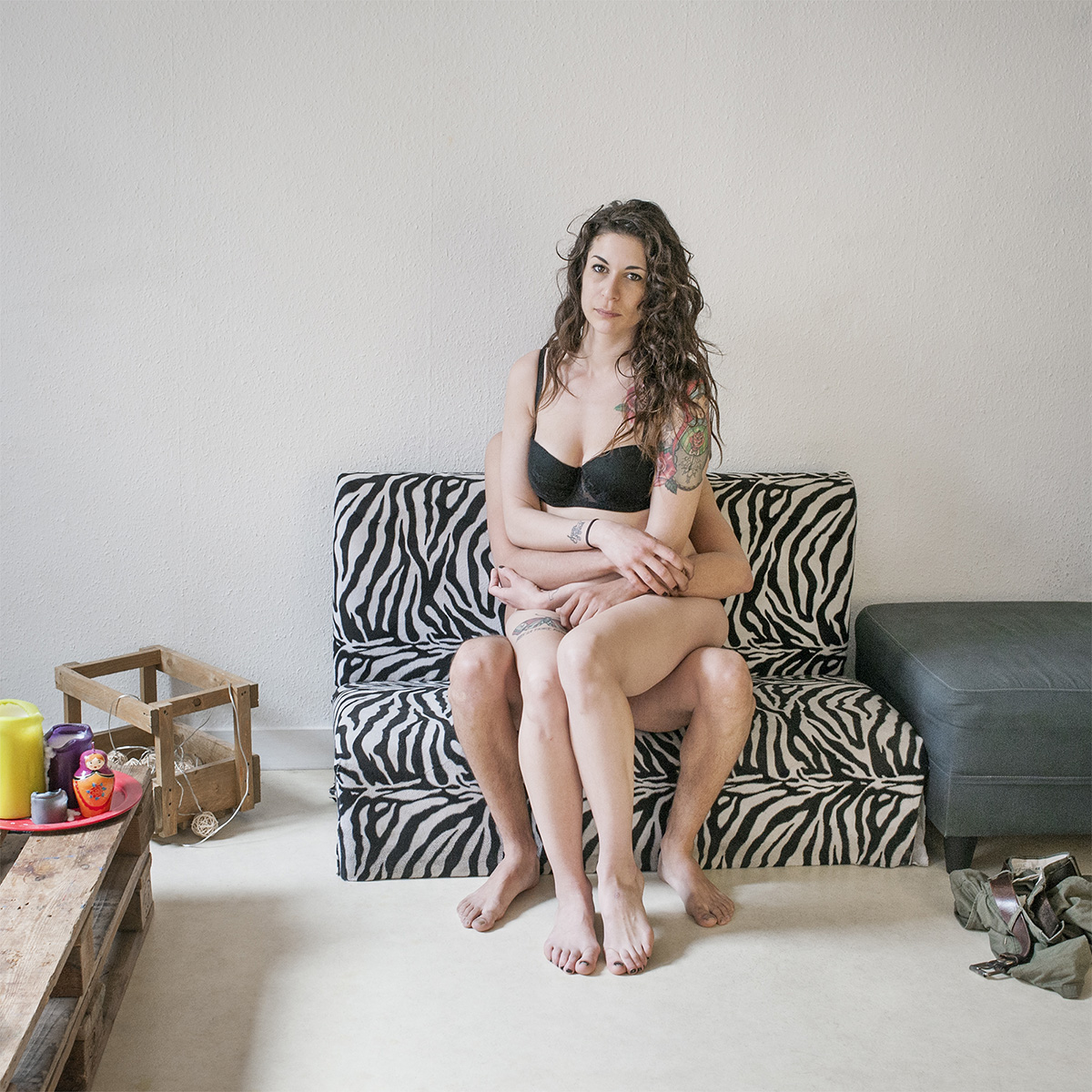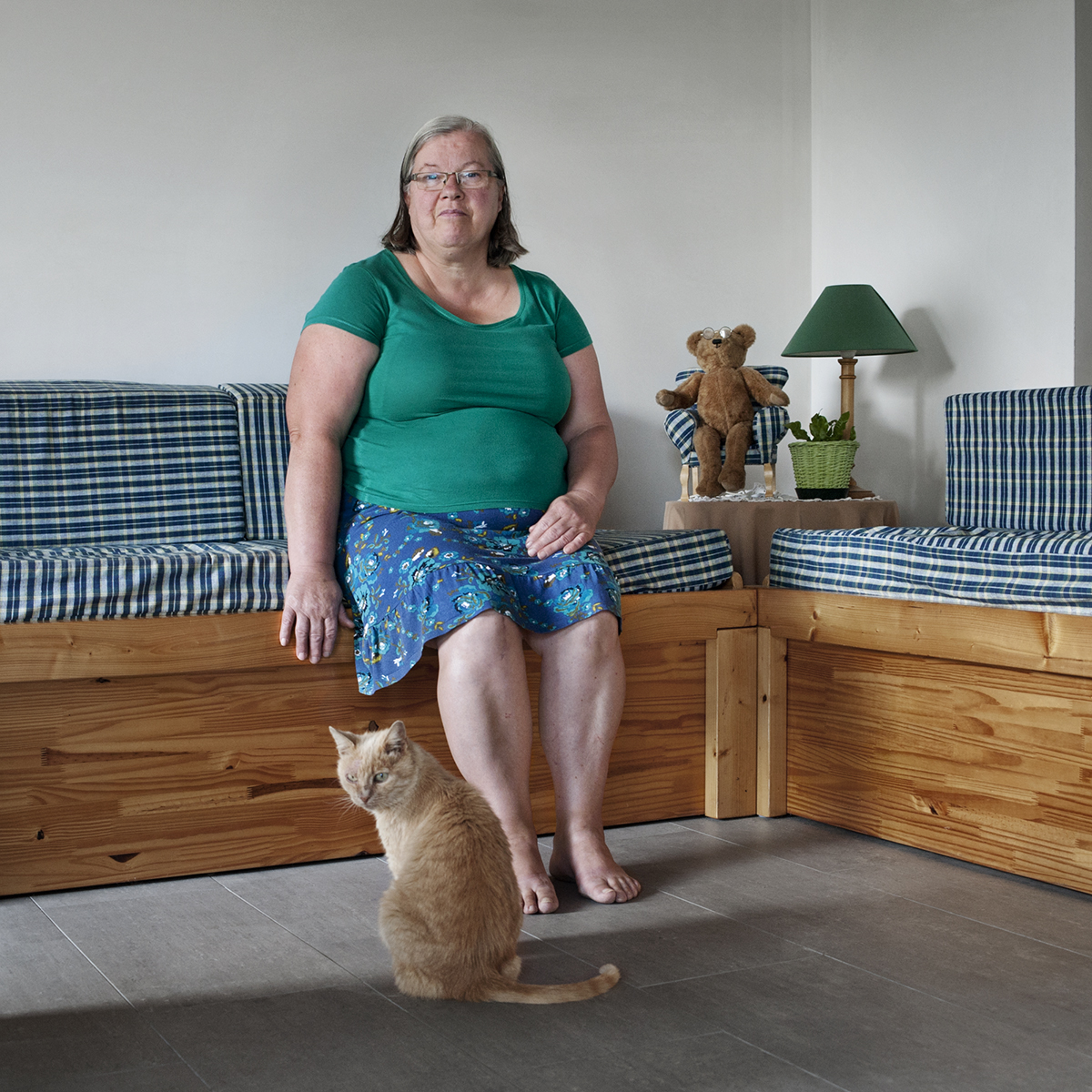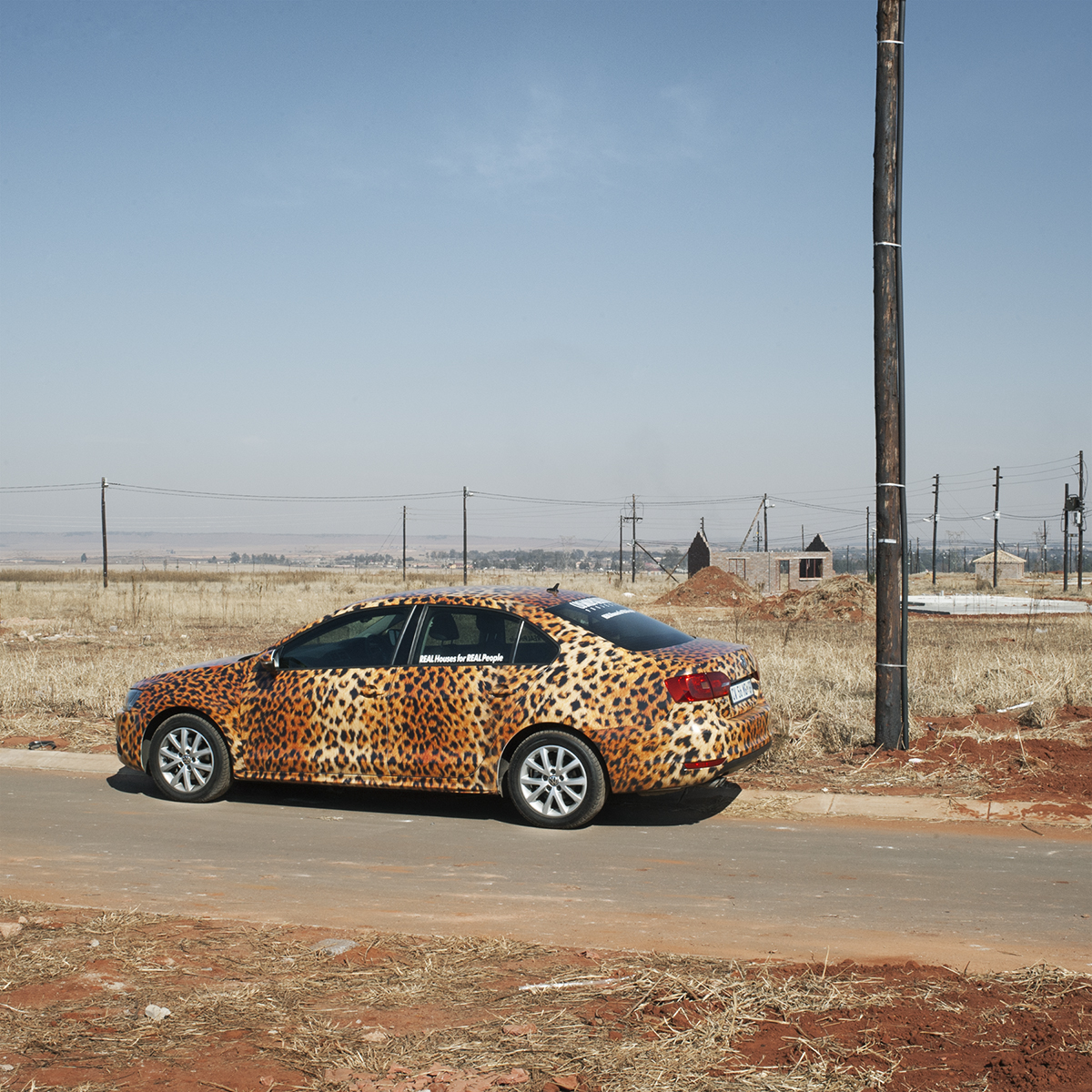
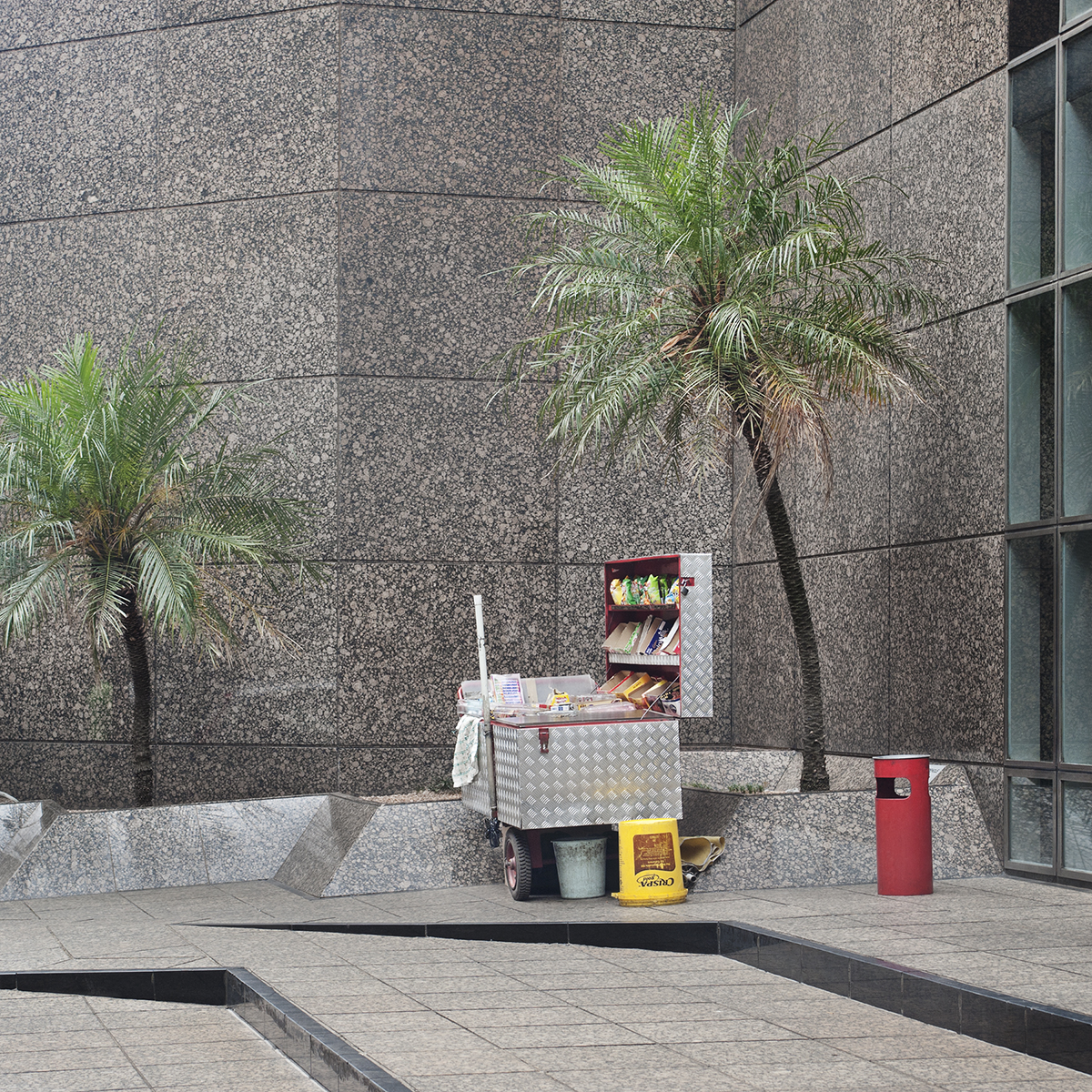
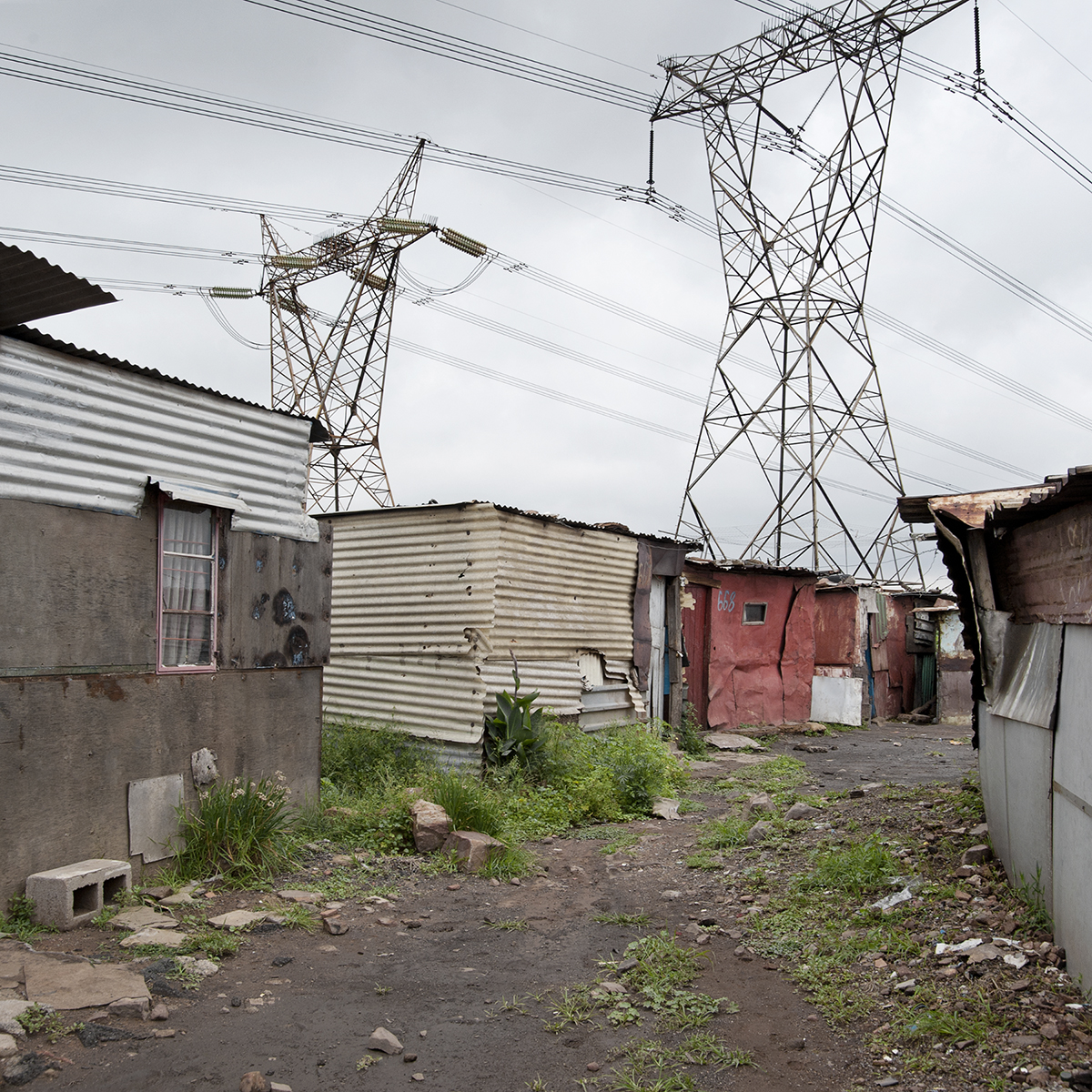
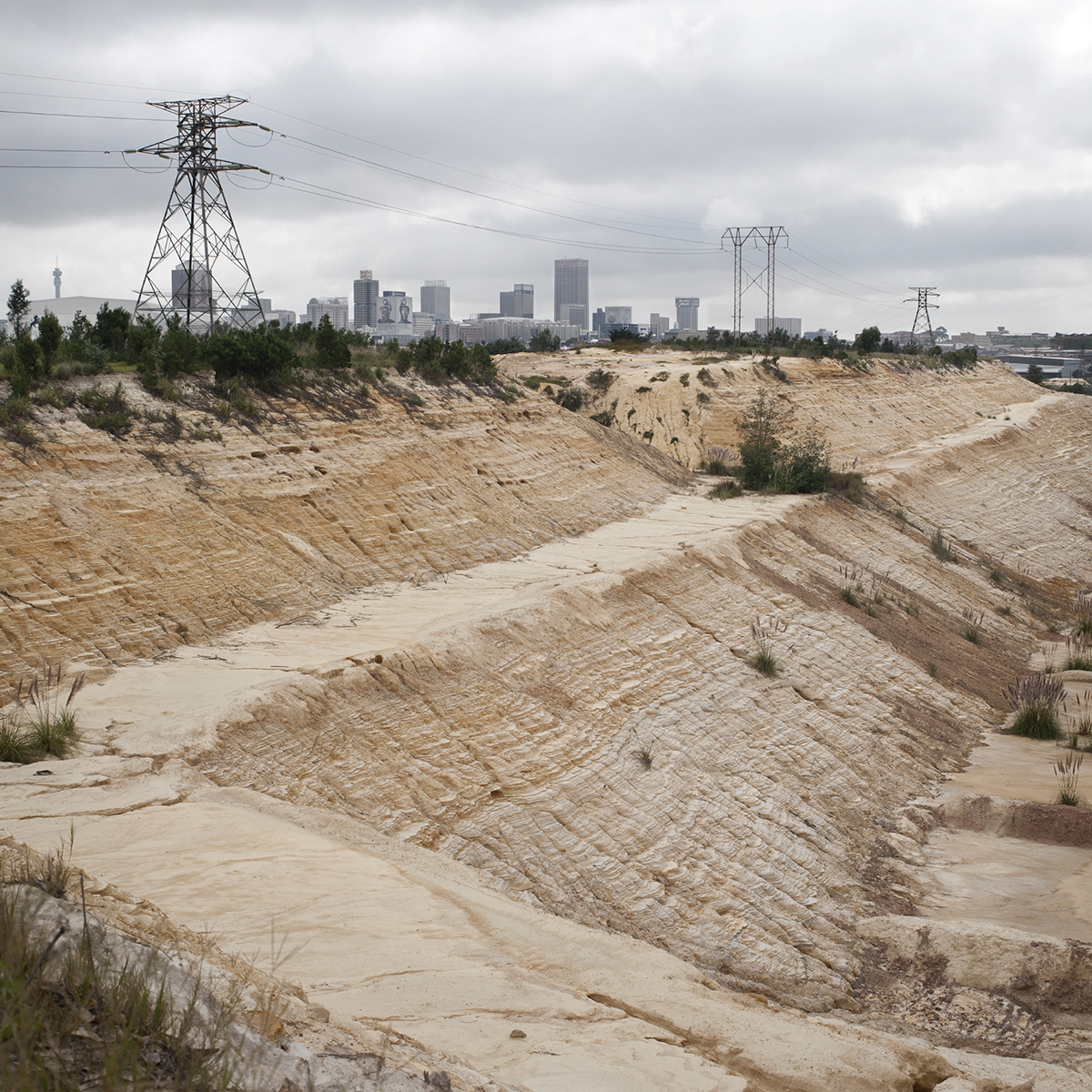
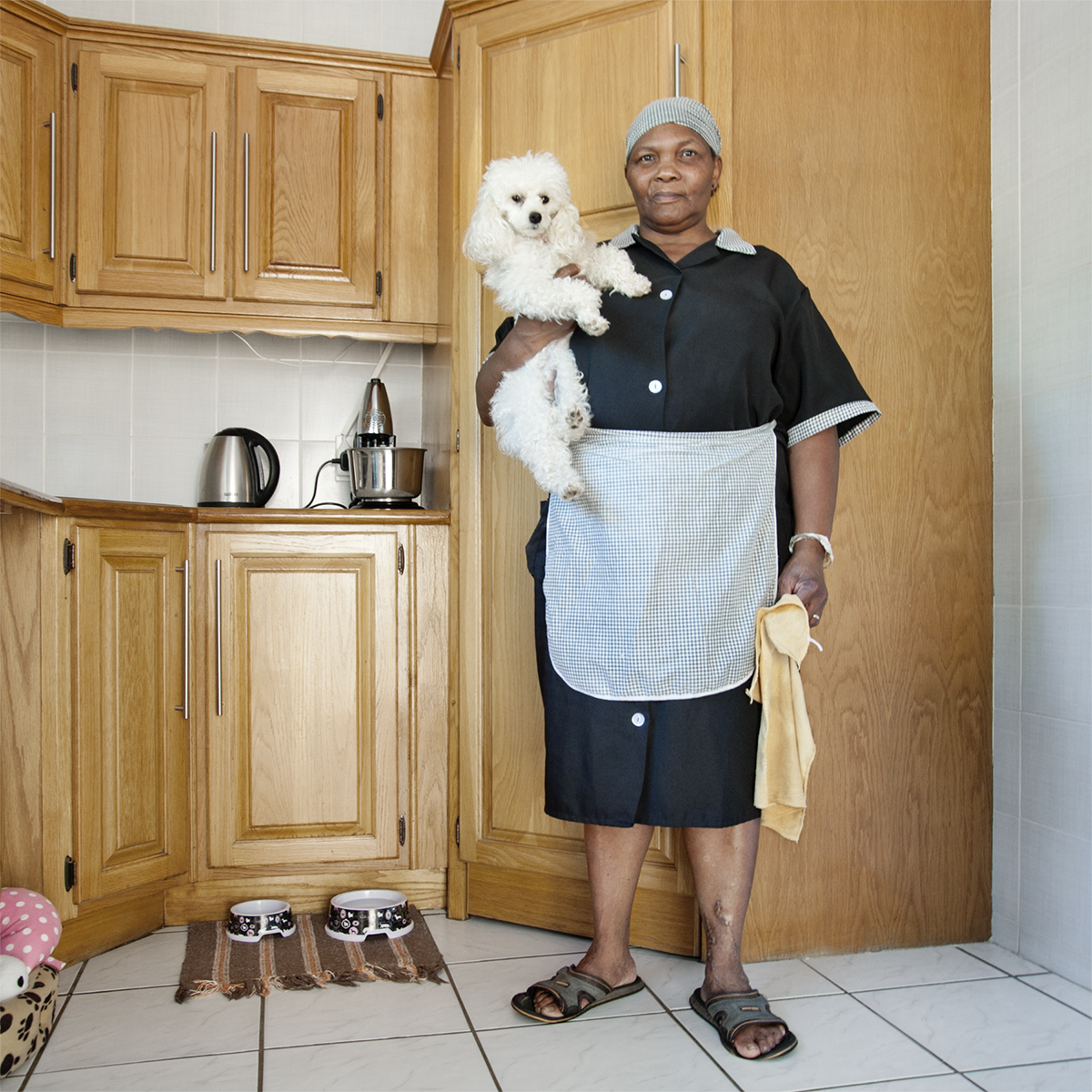
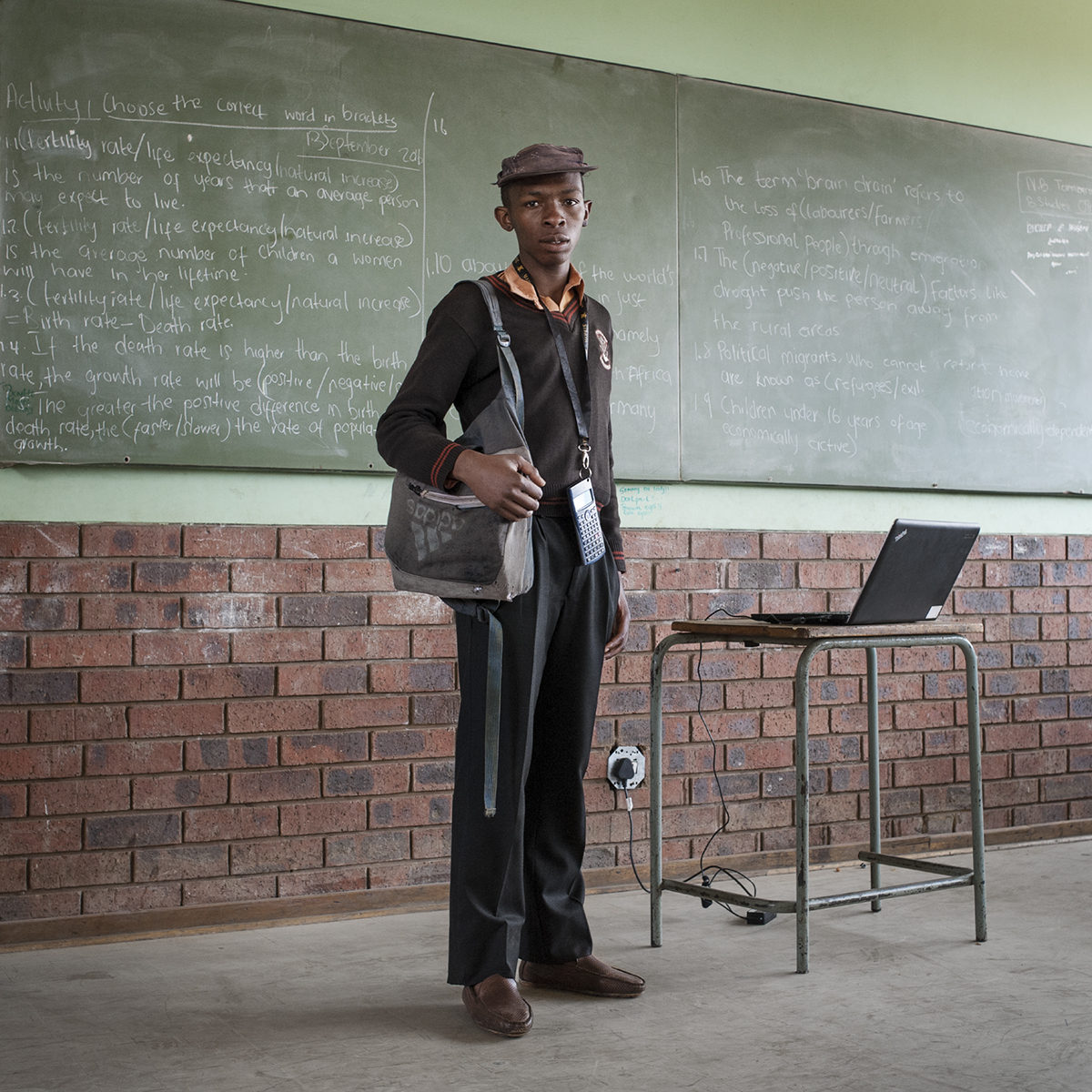
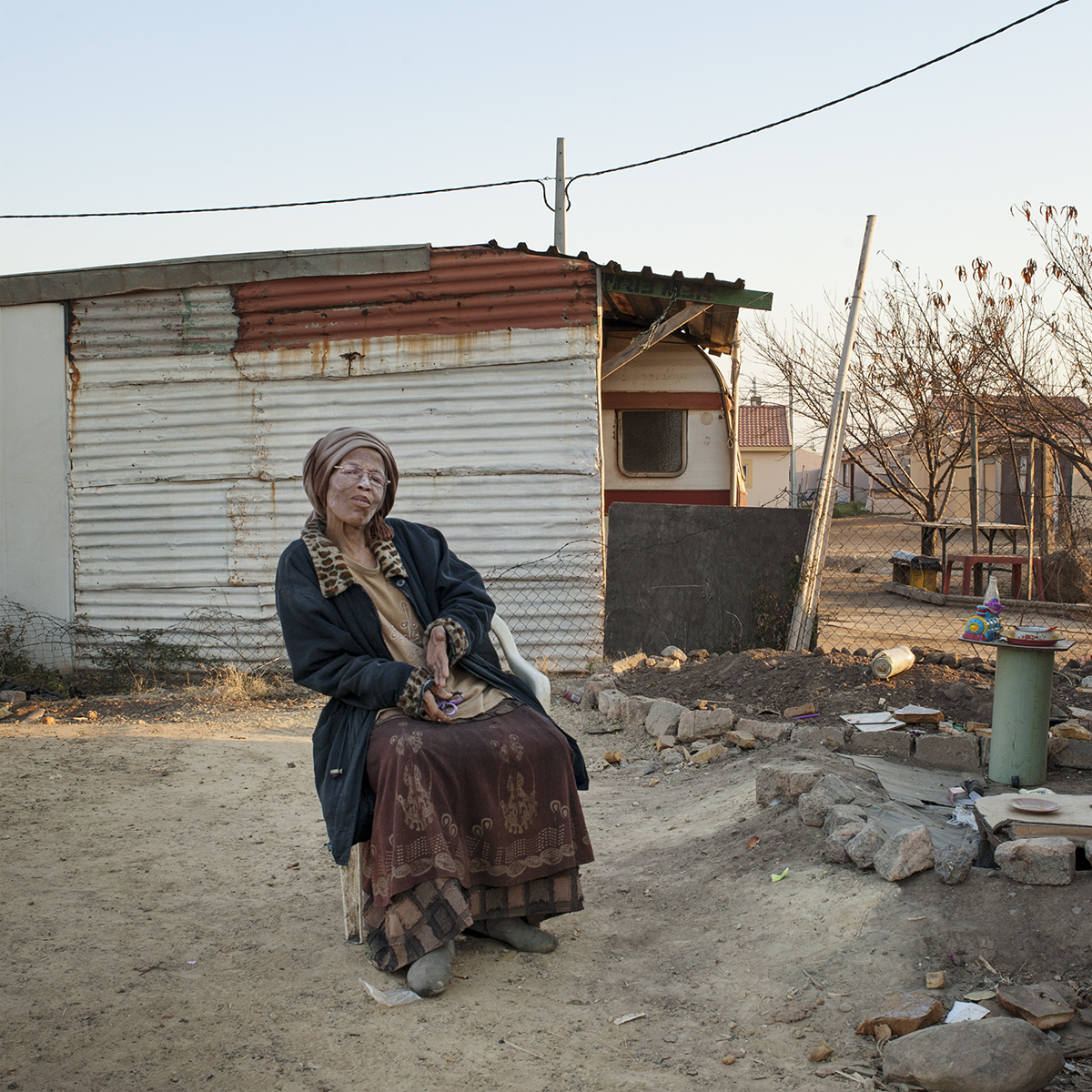


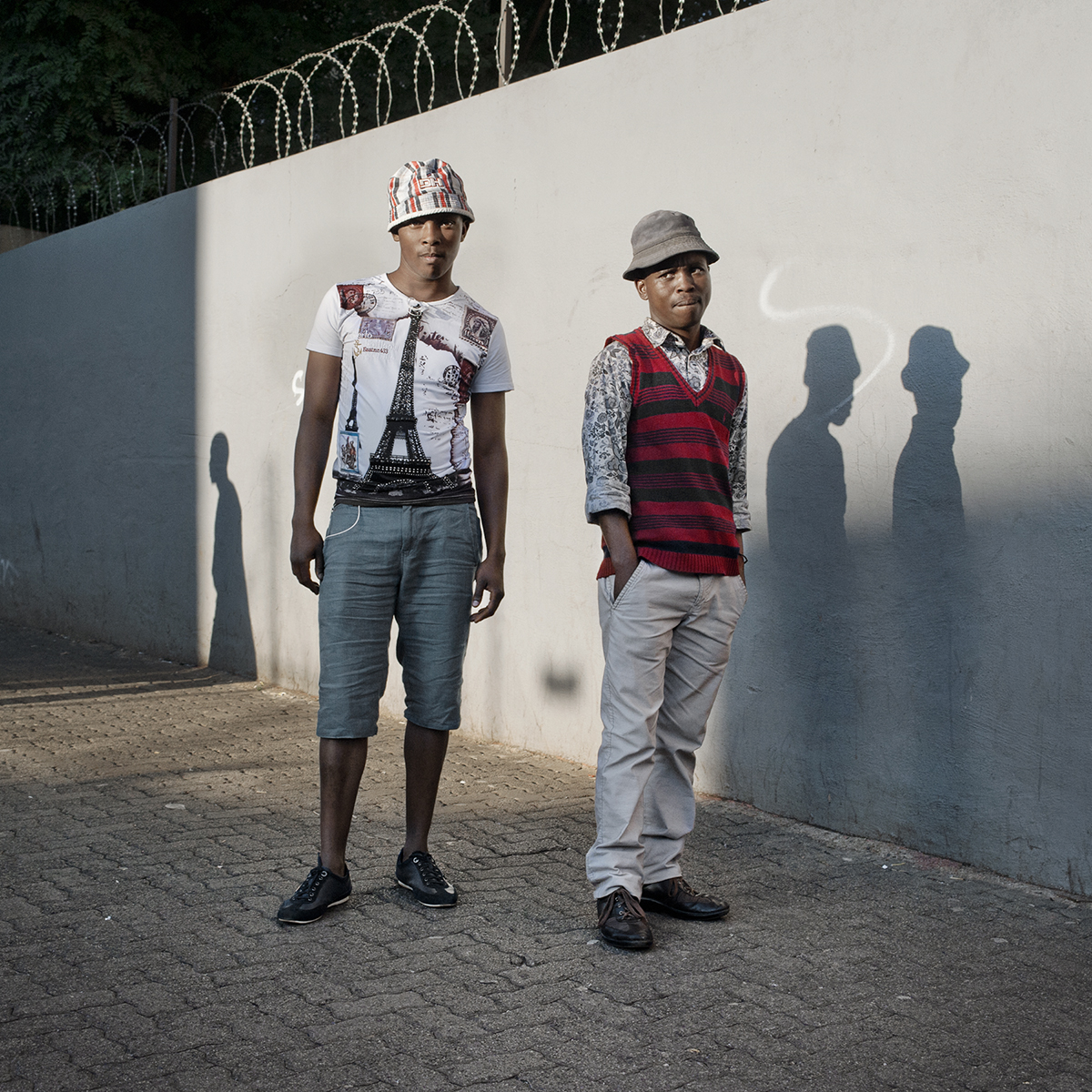
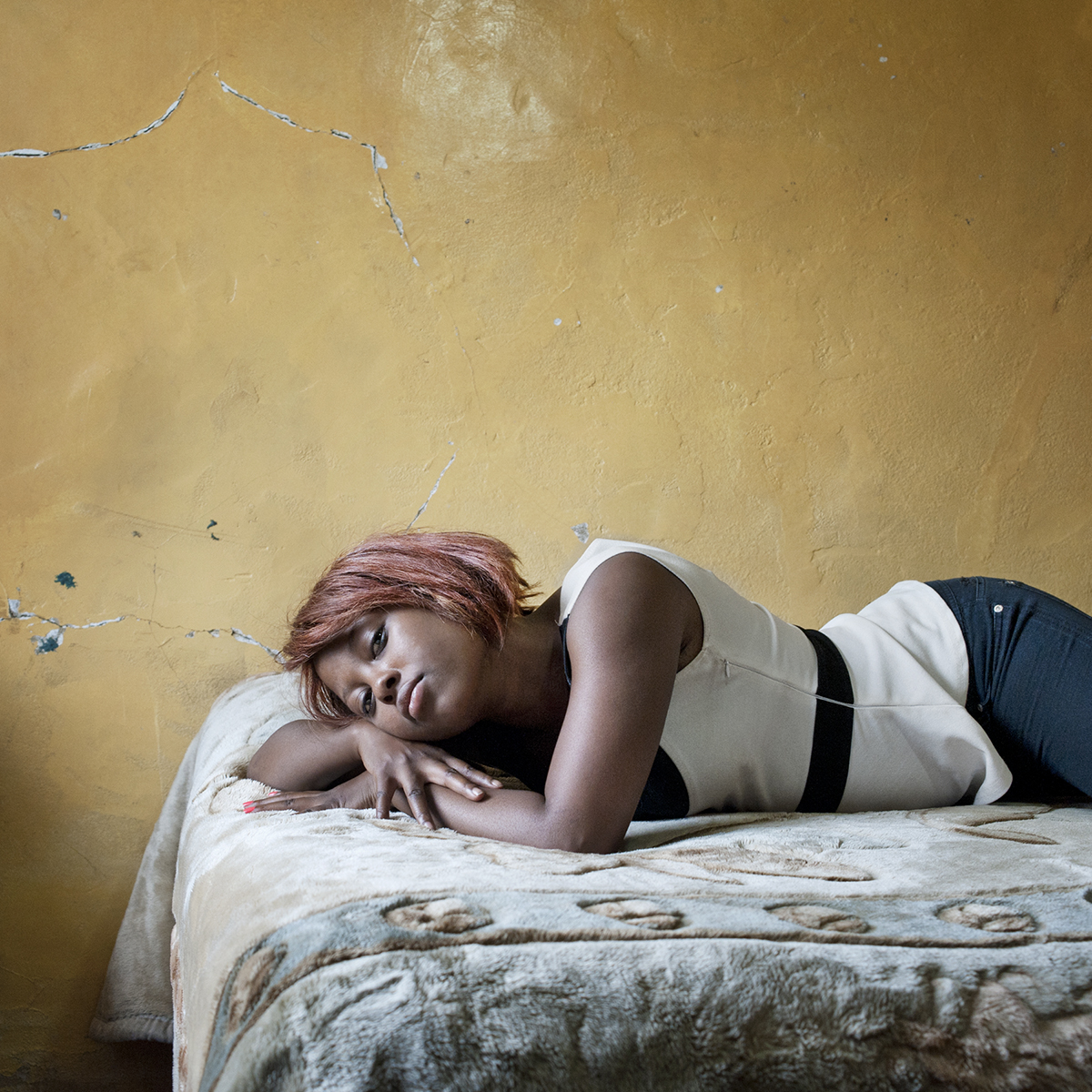
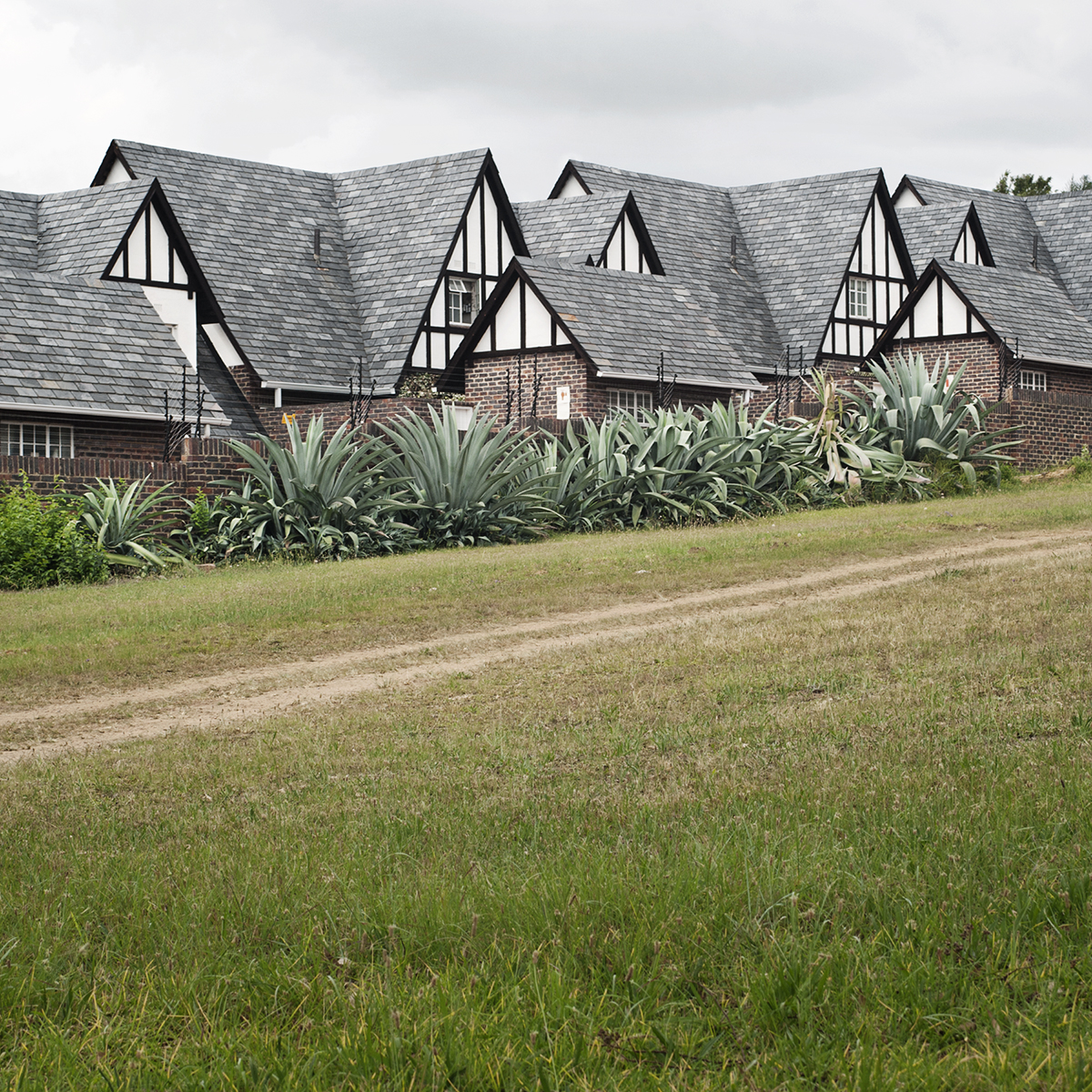
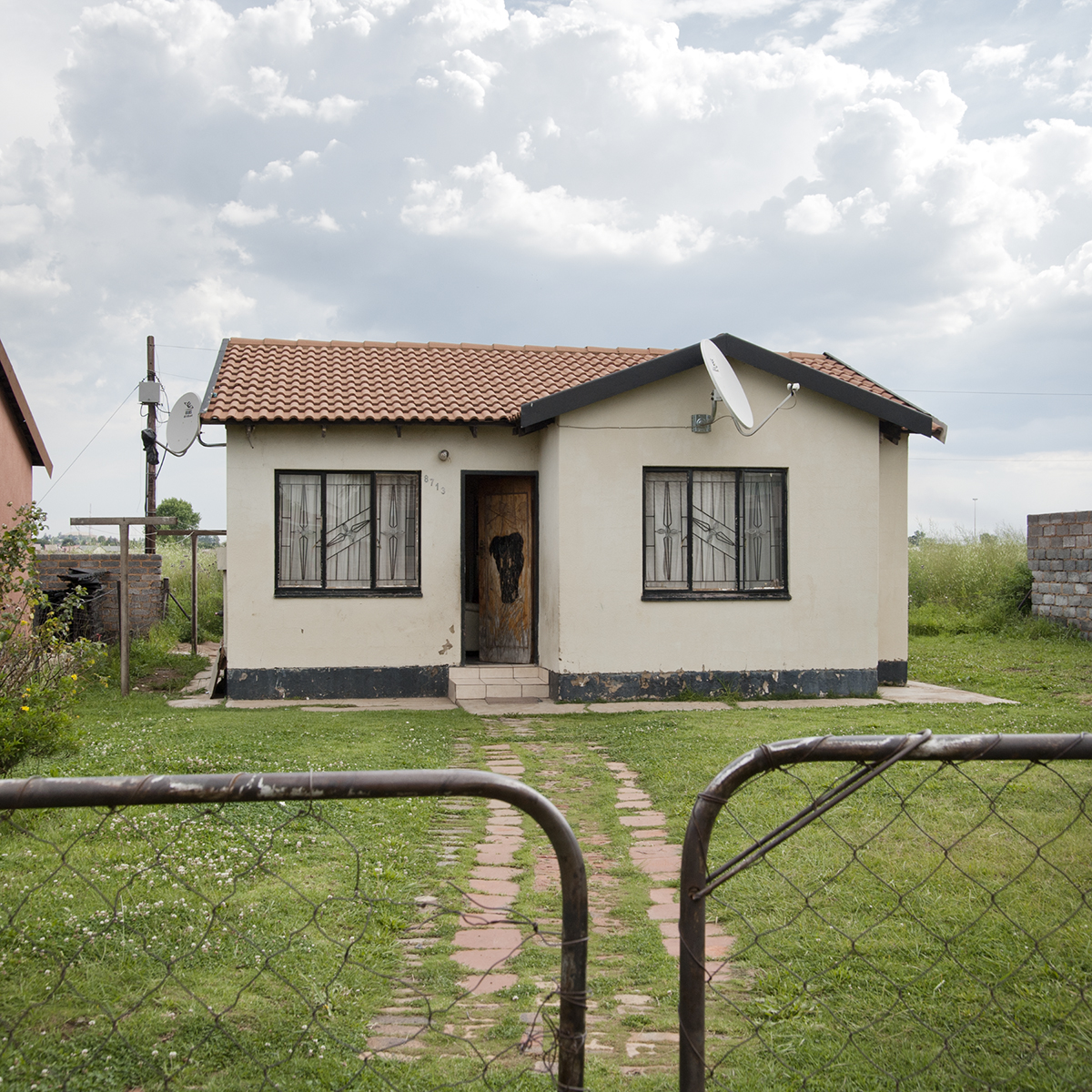

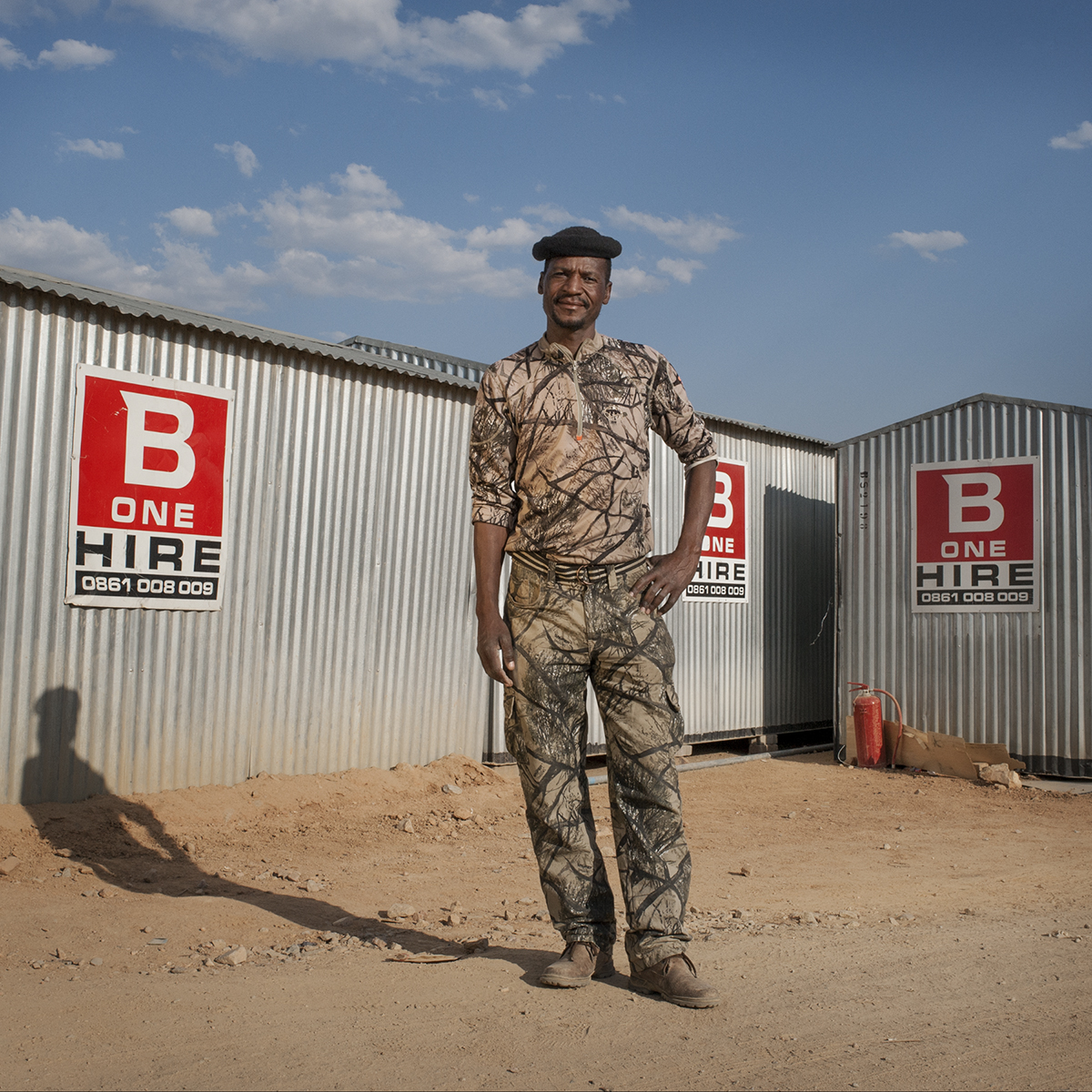
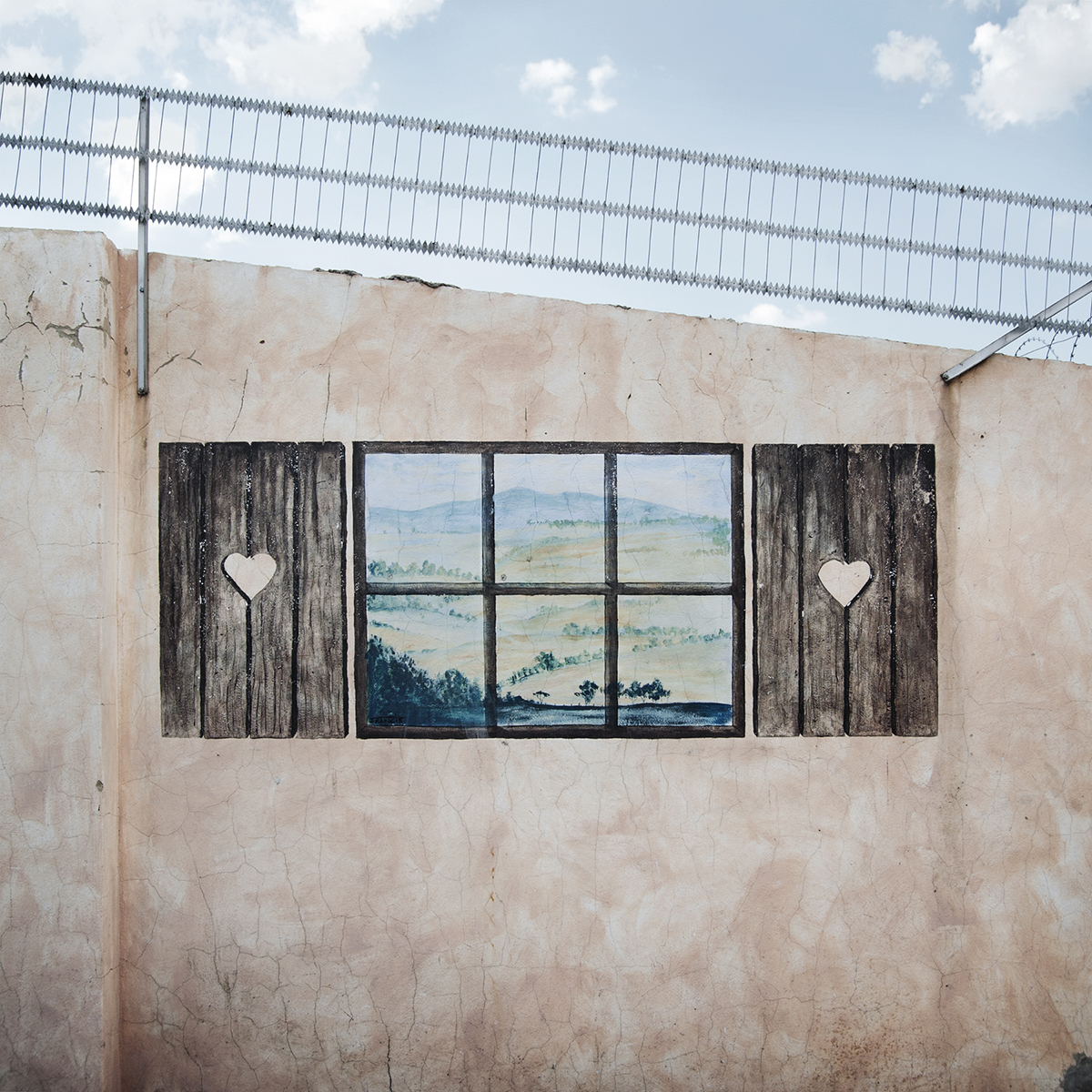

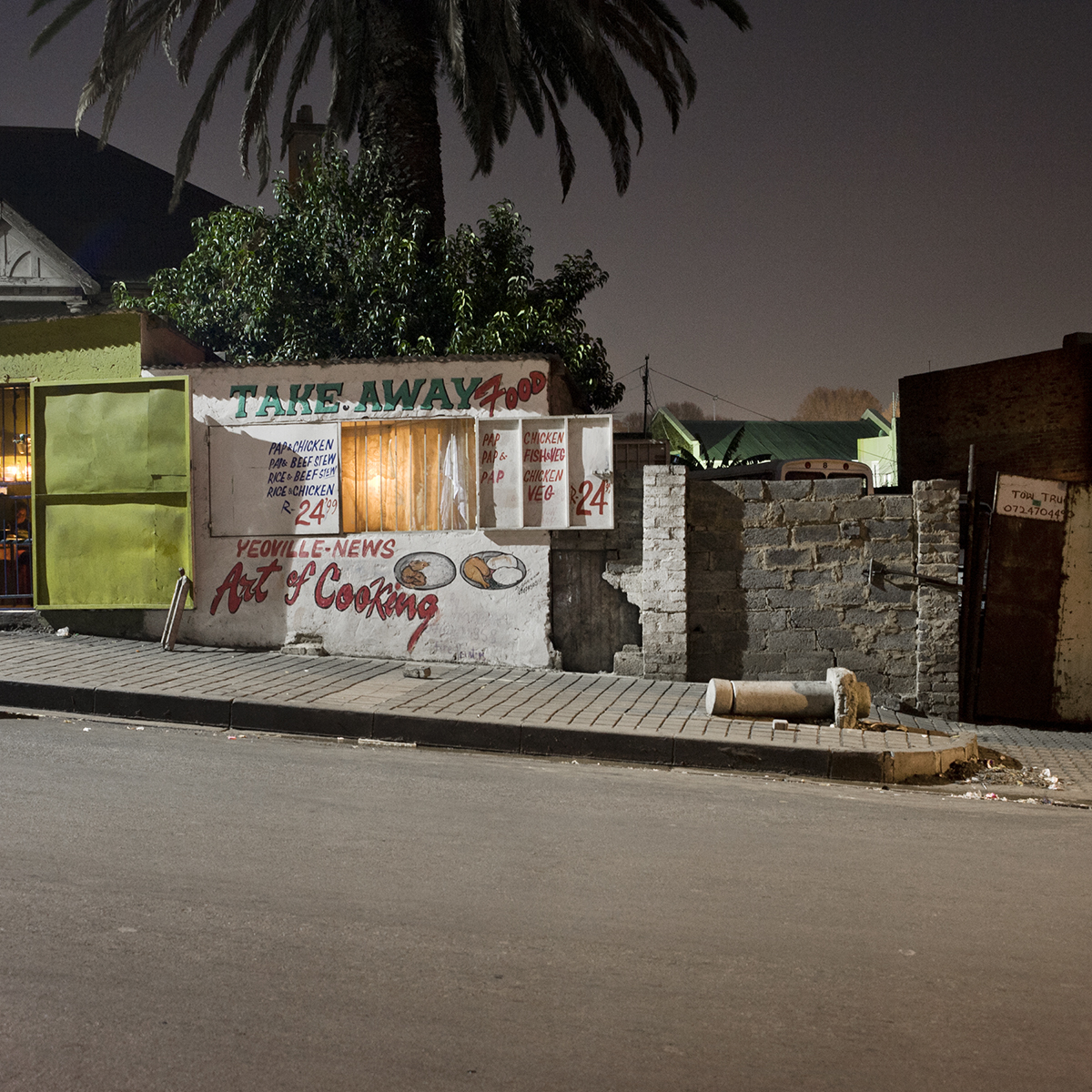
Untitled Happiness
Towards the end of the 19th century, during the gold rush, Johannesburg became and remained an instant metropolis, crystallizing from a mining camp into a city of stone and stucco. It has to be said the urban development in South-Africa cannot be fully understood without understanding its racial character. Under apartheid, public space and urban life was color-coded. Historically, white populations were considered citizens of colonial cities. Black people were temporary dwellers, laborers, useful only for the duration of their economically active years and thus could never really have a home in the cities. Therefore townships were created for the blacks and separated from white residential areas by buffers.
Black and white lives might have brushed shoulders, but the world they inhabited meant very different things. Where they did intersect, a whole administrative apparatus of laws, bylaws, prohibitions and punishments was mobilized. This denial of common rights produced a dual city and a dual nation, diverse urban worlds existing side by side in the same geographical space.
Living in Johannesburg today, to inhabit apartheid’s ruins, exhibits a number of contradictory tendencies.
With the end of apartheid public spaces are viewed and experienced by many as out of control and dangerous. A security crisis that have emerged a large number of privatized security measures and was the beginning to develop gated communities and malls in which wealth circulate. They offer the opportunity to forget the racial city by gazing into magical mirrors of frozen and imaginary pasts. This enclosed cluster of developments form a set of arterial roads where entry an exit occurs with little chance of neighborly encounters outside of the gated community.
Perversely, the rich and the poor share a common trait: both show a limited mobility across the city. The middle-class bases their lives around office-parks, strip-malls and townhouse developments. These environments are beyond the reach of the poor, allowing the middle-class to live out their lives largely unaffected by the unfolding crisis in poverty and inequality. The disadvantaged despite discriminatory legislation packed together in townships and informal settlements are burdened with lack of access to basic services, mobility, employment and opportunities for learning.
Realized with the support of Rubis Ménécat cultural fund, Doc*werk and many friends along my path.’

